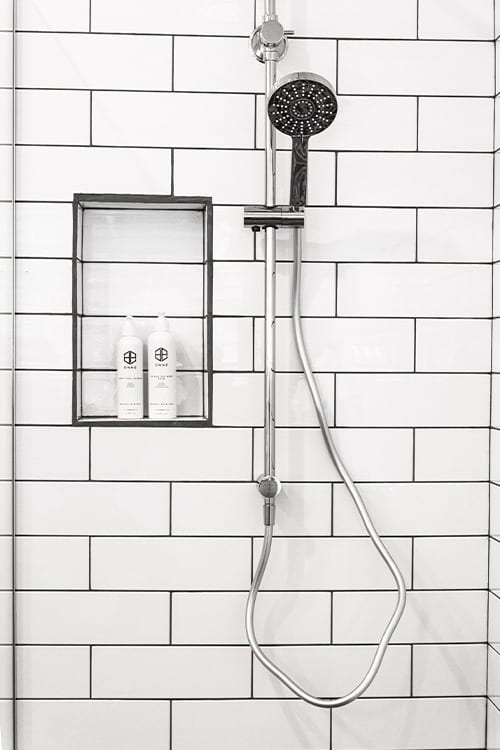The Great British Spring Clean has been postponed until September but while you can’t do your bit for the outside it doesn’t mean you can’t focus on the inside so how about giving your home a spring clean instead?
Be realistic about it, don’t try tackling it all at once – especially if you’ve got other things that need your attention – do it room by room, perhaps even enlist the help of other family members at home with you and make it fun for the children to help out, after all many hands make light work!
Over the next week, we’ll share advice on all those essential tasks that can help give your house a new lease of life.
Today how about giving the bedroom a spruce up!
Bedroom
Duvet & Mattress
Wash and whiten your pillows and duvet in the washing machine, and air your mattress – you’ll be guaranteed a better night’s sleep when you do it in a truly clean bed.
Try the hanger trick in your wardrobe
We’ve all got clothes in our wardrobes we haven’t worn for years, but are you just hoarding them? The hanger trick was made for you. Hang all your clothes so the hangers are backwards in the wardrobe, then, when you use them, put the hangers on the rack the right way. Do this for about a month and you’ll soon appreciate what you wear and what you don’t. So if you have a dress you love and can’t bear to part with it, then wear it!
Fold and stack clothes vertically
Organise your clothes drawers by folding and stacking clothes vertically and not horizontally. This makes it really easy to see all your t-shirts/jumpers in one go and will even minimise creasing.
Vacuum seal non-seasonal clothes
Don’t cram heavy coats into the wardrobe during the middle of summer or have to dig through flimsy dresses in January. Use vacuum seal bags to store clothes you want to keep but know won’t get any wear for a few months.
Store sheet sets in pillowcases
Don’t lose a pillow case, keep sets & their matching sheets in one of the pillow cases – it will keep it all together and be much neater in your cupboard.









